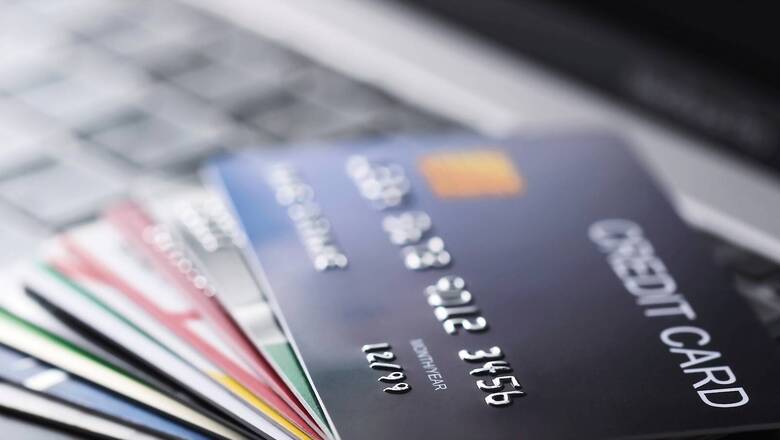
views
Card networks Visa, Mastercard and American Express suspended operations in Russia after the United States imposed sanctions on the country for waging a war with its neighbour Ukraine. Soon after, voices around the need for a country’s payments system to be independent have grown louder.
According to AP Hota, the former CEO of the National Payments Corporation of India (NPCI), the Indian payments system can survive on the back of its domestic card network RuPay and the Unified Payments Interface (UPI) in case of a similar scenario of foreign players pulling out of the country. NPCI is the umbrella entity which operates retail payment systems including UPI and RuPay.
“Yes, 100 percent (we can manage without foreign card networks). When Mastercard was disallowed for acquiring fresh customers last year, there were only four banks exclusively with Mastercard. They moved to RuPay. Payment system risk arising out of Mastercard pulling out from India is zero,” Hota told Moneycontrol.
After the Reserve Bank of India (RBI) barred Mastercard from onboarding new customers starting July 22 after the card network failed to adhere to the domestic data storage norms, Visa and RuPay gained in terms of new customer additions.
As per data by the Reserve Bank of India (RBI), RuPay enjoyed a 60 percent market share in India’s debit card market in 2020, a jump from just 15 percent in 2017. A large share of it comes from the Pradhan Mantri Jan Dhan Yojana (PMJDY) under which the government issues only RuPay debit cards to new account holders.
However, where RuPay is still catching up is the credit card market where Visa, followed by Mastercard enjoy a majority share of the market. According to industry sources, RuPay only has a 20 percent share in India’s credit card market.
On a threat from Visa exiting India, Hota said, “There can be some risk in credit cards in a scenario where Visa pulls out, because a few banks are yet to adopt RuPay credit cards. But I understand that they are also preparing to use RuPay credit cards, along with Visa. Maybe in the next few months, the risk arising out of Visa pulling out of India will also be zero.”
Hota also does not see a major impact on RuPay’s international cards vertical for which NPCI has currently tied-up with American credit card brand Discover and Japan’s JCB Co.
“RuPay’s strategy has worked extremely well. If Discover pulls out, NPCI has JCB to fall back on,” he explained.
Additionally, RuPay and UPI fall under the Zero-Merchant Discount Rate (MDR) norm by the Indian government, i.e. no fees can be levied to merchants for transactions on these networks. For merchants, the Zero-MDR norm makes RuPay and UPI a preferred method of accepting payments as opposed to being charged an MDR of 0.4 to 0.9 percent for Visa and Mastercard debit cards and anywhere between two to three percent in case of credit cards.
The Indian government has also been pushing for banks to grow the issuance and adoption of RuPay cards and has also equated usage of RuPay to nationalism and supporting the nation. This in fact led Visa Inc. to complain to the US Government that the Indian government’s promotion of RuPay is hurting Visa’s prospects in the country, according to a report by Reuters.
ATM transactions, too, happen on the National Financial Switch (NFS) operated by NPCI, meaning ATM withdrawals can also continue unobstructed in the absence of foreign card networks.
Overall, India’s dependence on card networks too is reducing as UPI now forms almost 50 percent of India’s digital retail payments. While leading UPI players PhonePe, Google Pay and Paytm Payments Bank are either foreign owned or international players themselves, customers will have the option to switch to banks offering UPI payments or using apps by Indian players.
Read all the Latest Tech News and Breaking News here




















Comments
0 comment